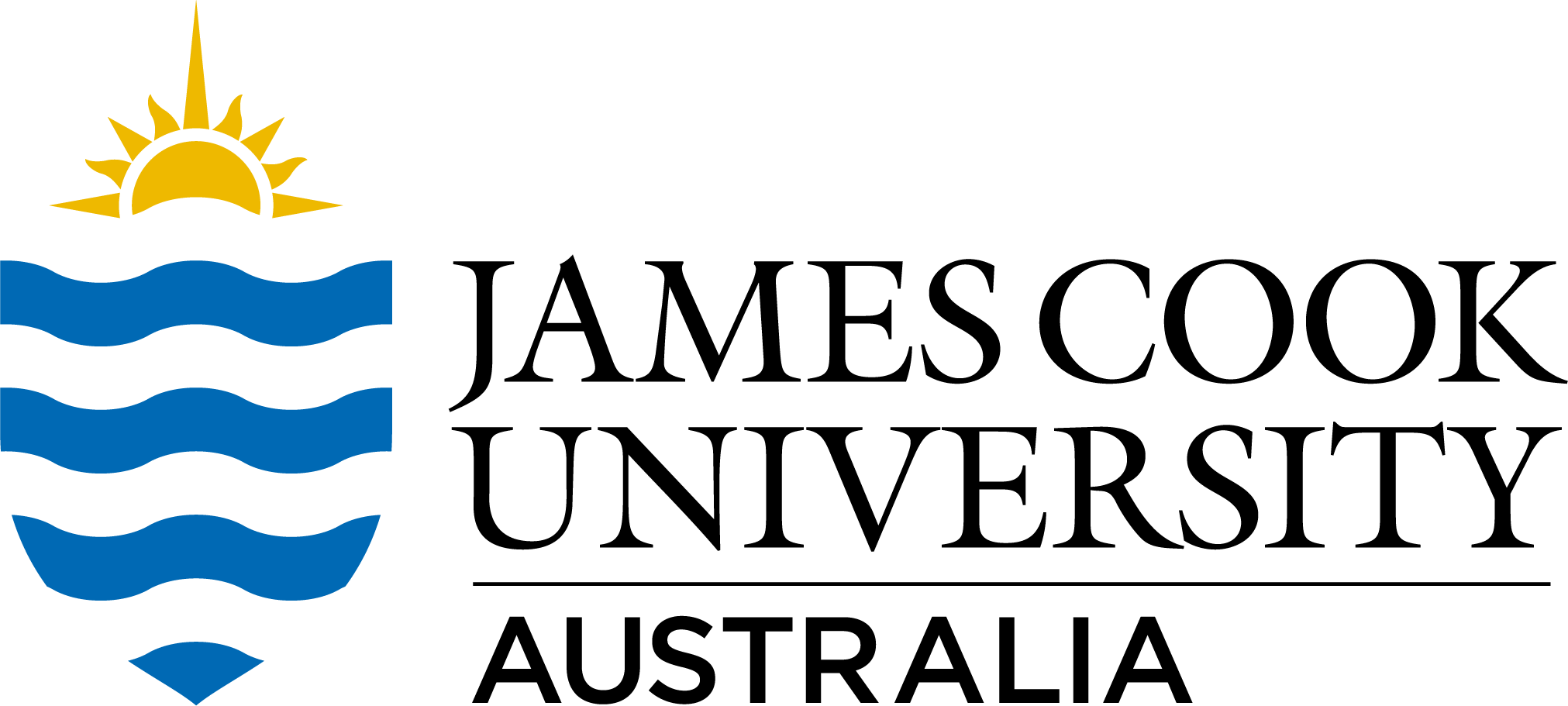Brief description
This dataset contains the final dispersal scenarios for flatback turtles
Full description
The dispersal of marine turtle post-hatchlings in the Great Barrier Reef (GBR) in the first three months of life was simulated using oceanographic advection-dispersion models. We assessed the passive dispersion of post-hatchlings accounting for the effect of the geographic location of nesting beaches, and the tidal phase (spring/neap) when the post-hatchlings entered the sea. In addition, we tested the effect of directional swimming on the dispersal through a sensitivity analysis based on changing swimming speeds/directions and the length of the passive dispersal phase.
The zip file contains the outputs for each simulated dispersal scenario. The latitudes and longitudes are the position of each simulated particle at day X (the day is included in the name of the file, for example, in "DS-1_SR_00120 Peak" it refers to the ouptut at day 120 of the simulation). The number of the third row is an identifier of the seeding location, indicating where the particle was released from.
The details of each scenario are specified in Table 1. Dispersal scenarios and parameters. All scenarios included a period of swimming frenzy during the first three days. For the sensitivity analysis only one parameter (underlined) was changed from the standard run. PD: passive drift, DS: directional swimming, GL: geographic location, TP: tidal phase, SR: standard run, Nd: flatback (Natator depressus), Cm: green (Chelonia mydas), Cc: loggerhead (Caretta caretta), BS: Broad Sound, C: Capricornia, CBG: Capricorn Bunker Group. The Wind Values table includes mean wind speed and direction from January to April 2012, used to simulate wind-driven waves in the hydrodynamic model. Source of data: Australian Bureau of Meteorology.
Notes
This dataset consists of 46 text files (.txt) in a zipped archive and 2 tables in JPEG (.jpeg) format.
Created: 2017-03-31
text: Peak Island, southern Great Barrier Reef, Queensland, Australia
text: Wild Duck Island, southern Great Barrier Reef, Queensland, Australia
text: Capricorn Bunker Group, southern Great Barrier Reef, Queensland, Australia
text: Broad Sound, Central Queensland, Australia
text: Capricornia, Central Queensland, Australia
User Contributed Tags
Login to tag this record with meaningful keywords to make it easier to discover
- DOI : 10.4225/28/58DD96B0E72B3

- Local : researchdata.jcu.edu.au//published/1ab5a37e1c4f9571a4019049e16b5ec7
- Local : 27203d4f82c629e780794d8b20a4ab9a


